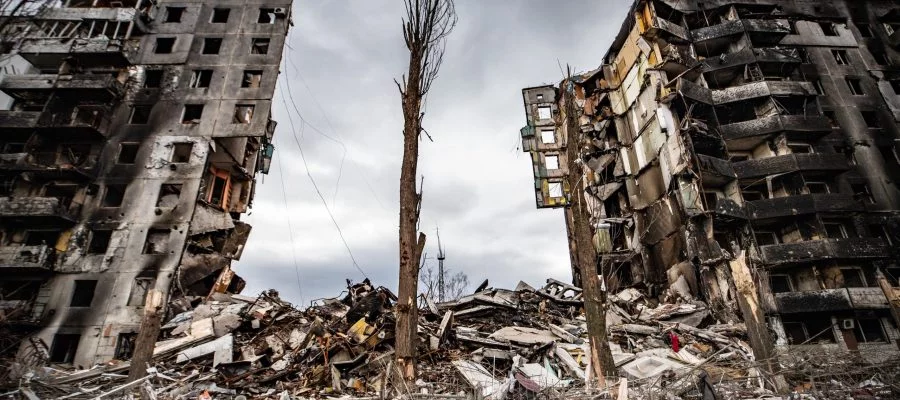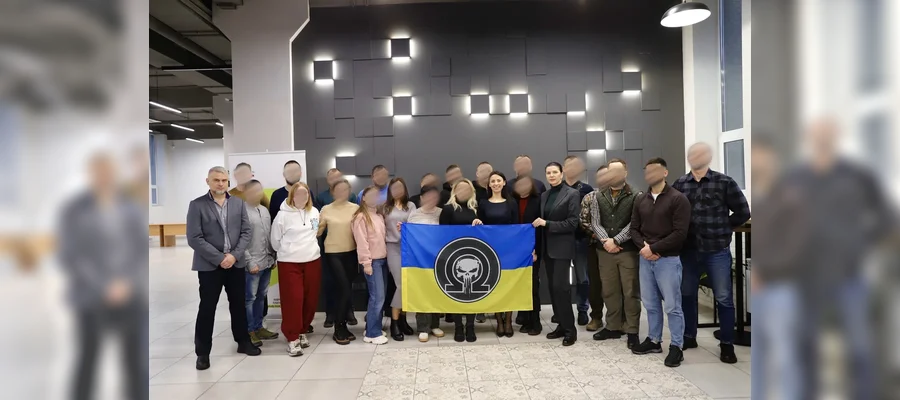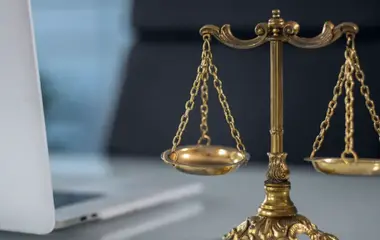Experts of the National Agency on Corruption Prevention (NACP) together with the Institute of Applied Humanitarian Research identified the most common corruption risks during the reconstruction of real estate objects that were damaged or destroyed as a result of the armed aggression of the Russian Federation, and also formulated recommendations for their minimization / elimination.
The comprehensive expert analysis involved the study of regulatory and legal acts, media materials and social media, as well as in-depth interviews. The NACP modeled possible corruption schemes that may arise in the future and offered recommendations for implementing anti-corruption prevention measures and ensuring transparent reconstruction.
Corruption risks were modeled in relation to:
 Eight possible corruption risks during reconstruction: research and recommendations of the NACP
Eight possible corruption risks during reconstruction: research and recommendations of the NACP
 Eight possible corruption risks during reconstruction: research and recommendations of the NACP
Eight possible corruption risks during reconstruction: research and recommendations of the NACP
- processes of forming and maintaining data of the Register of damaged or destroyed property;
- activity of commissions for consideration of compensation issues;
- creation and administration of a temporary housing fund;
- recording the facts of damage to objects, their examination and drawing up a conclusion on the possibility of further exploitation;
- determining the right to compensation, making the appropriate decision and receiving compensation;
- activities of the Fund for the Liquidation of the Consequences of Armed Aggression and the Destroyed Property and Infrastructure Restoration Fund;
- making decisions about dismantling buildings based on survey results;
- determination of the amount of damage caused.
 Eight possible corruption risks during reconstruction: research and recommendations of the NACP
Eight possible corruption risks during reconstruction: research and recommendations of the NACP
 Eight possible corruption risks during reconstruction: research and recommendations of the NACP
Eight possible corruption risks during reconstruction: research and recommendations of the NACP









